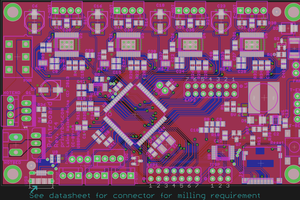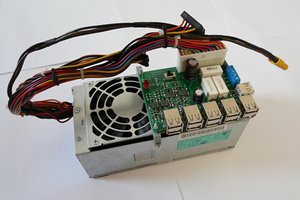I noticed that the CP/M projects using CompactFlash generally use an 8-bit interface.
I suspect it is because CompactFlash cards are obliged to support 8-bit operation, while IDE (PATA) drives seldom do these days. Also, IDE cables require decent driver chips, while CompactFlash cards plugged right into a host board do not. This gives designers an easy path for 8-bit micros, but limits them to PCMCIA cards that have been obsoleted by SD cards. Hence they are harder to obtain and more expensive per megabyte.
For new projects, I would advise implementing a full 16-bit interface, even though it is more complex and requires buffers. It will allow you to use PATA-to-SATA adapters and hence use modern SATA drives.
 Keith
Keith

 Laine Walker-Avina
Laine Walker-Avina
 Maciej Żuk
Maciej Żuk
 Martin
Martin
 Just4Fun
Just4Fun
It is possible to replace U6 with a standard 14 pin oscillator. Just don't load all the components connected to U6. This yields a more stable clock.
Tom